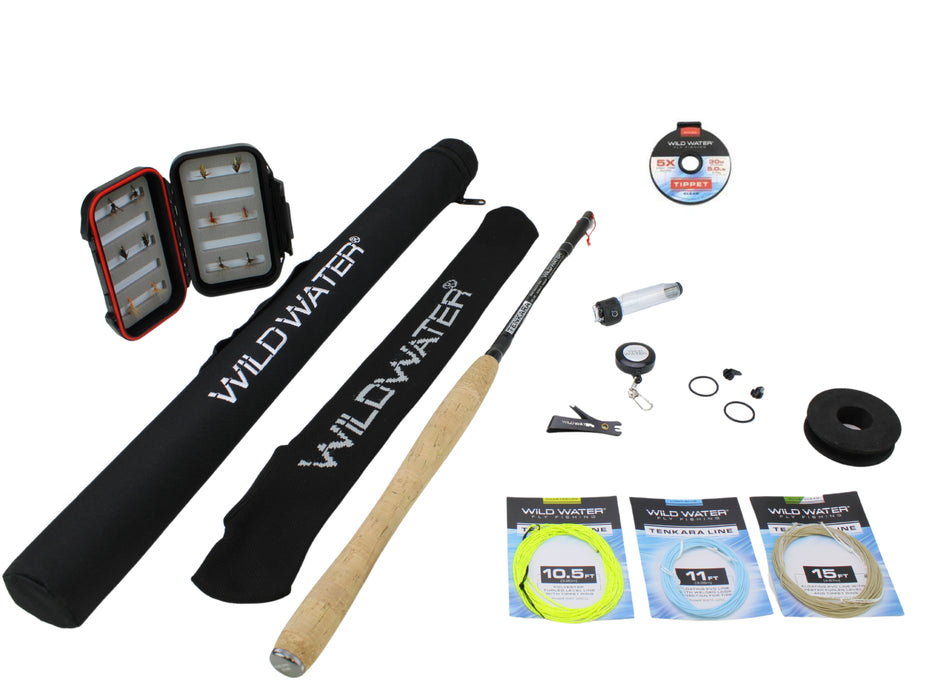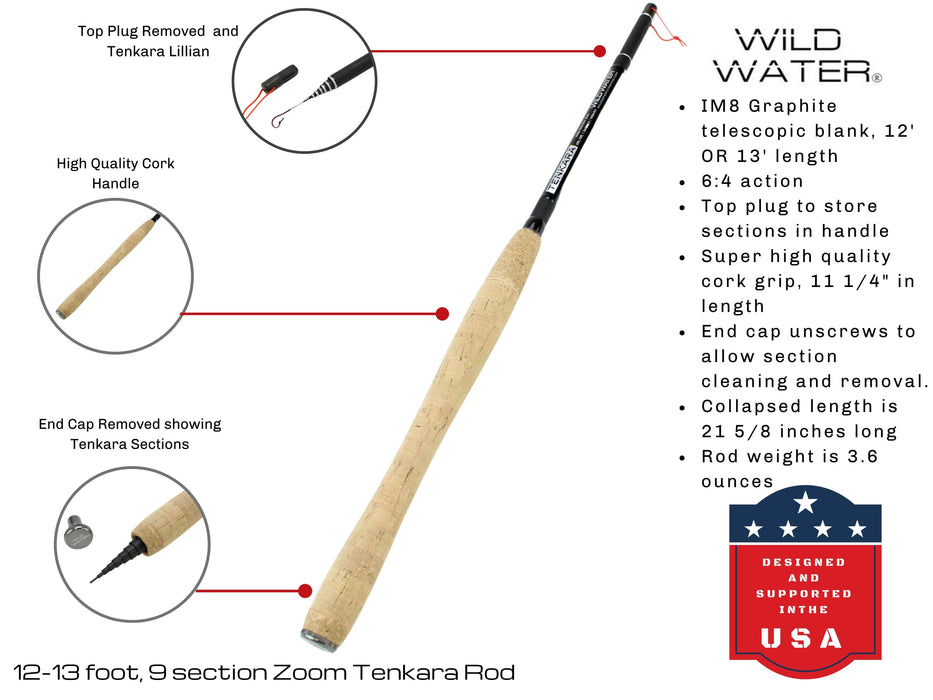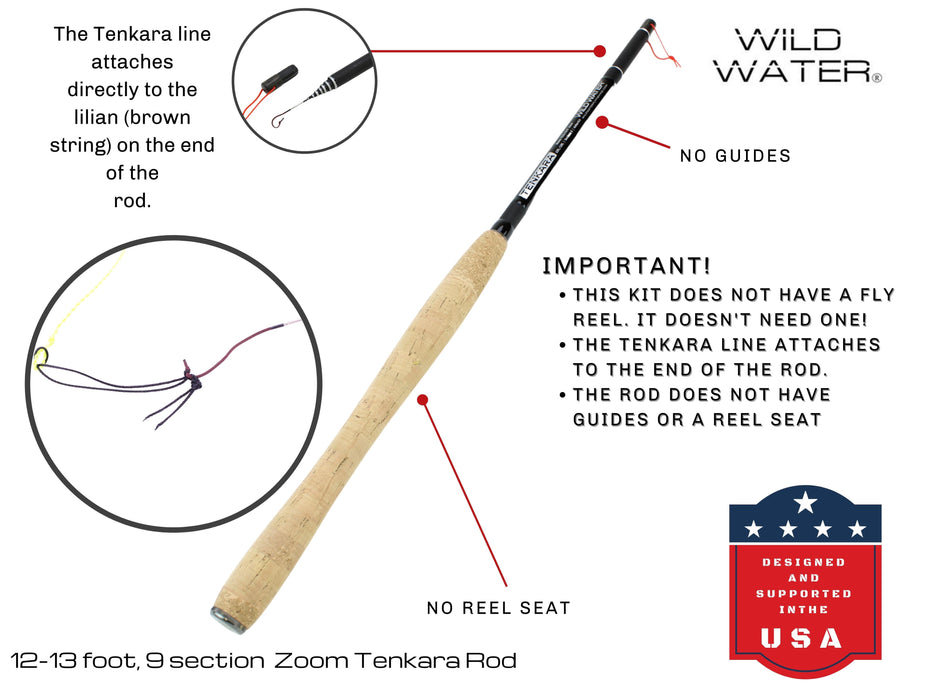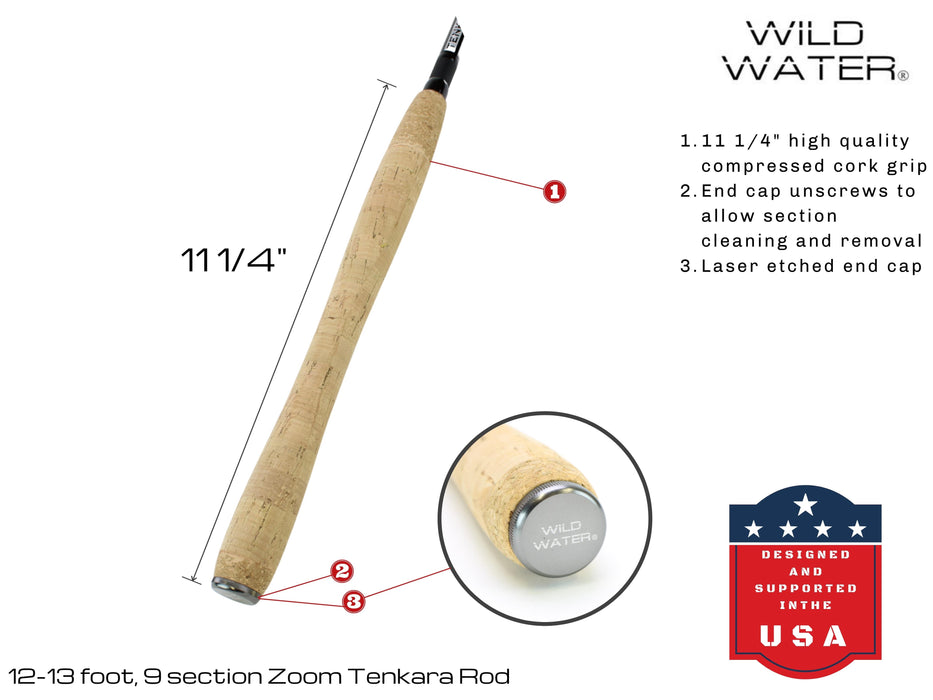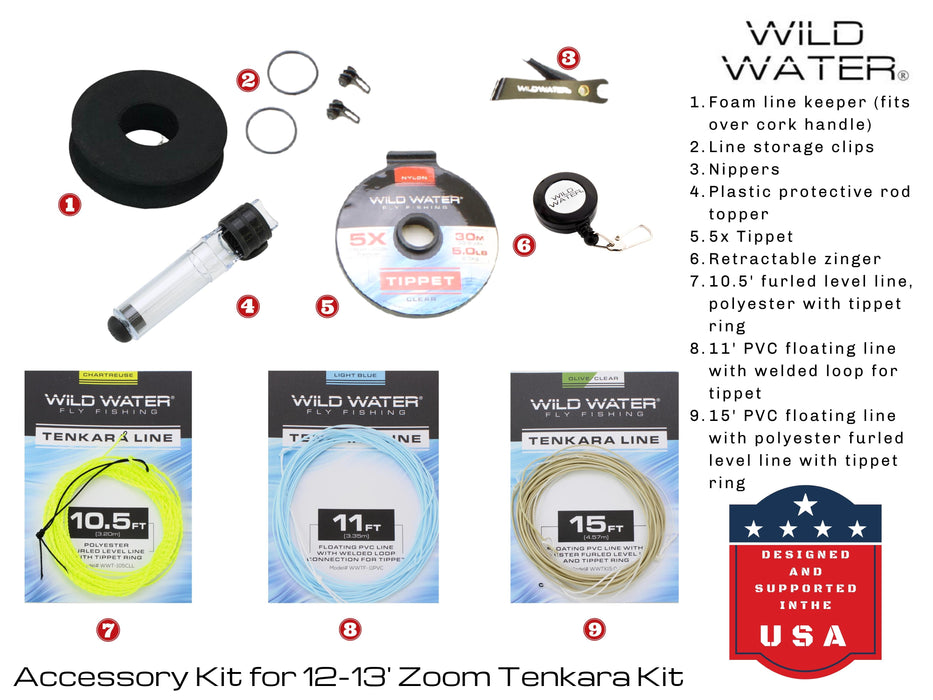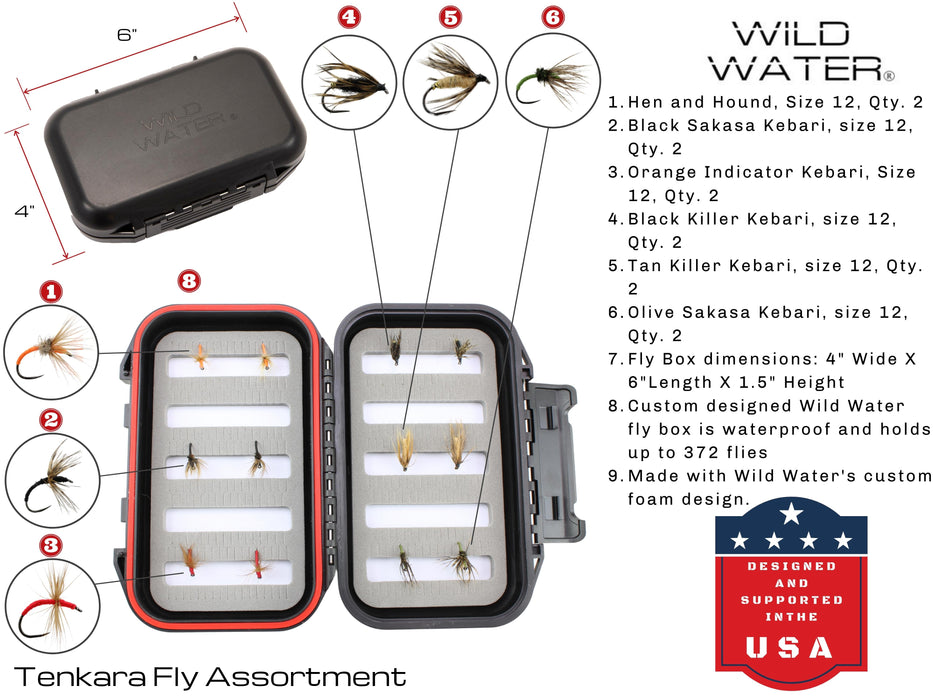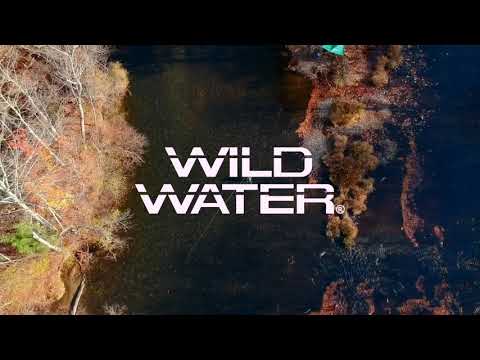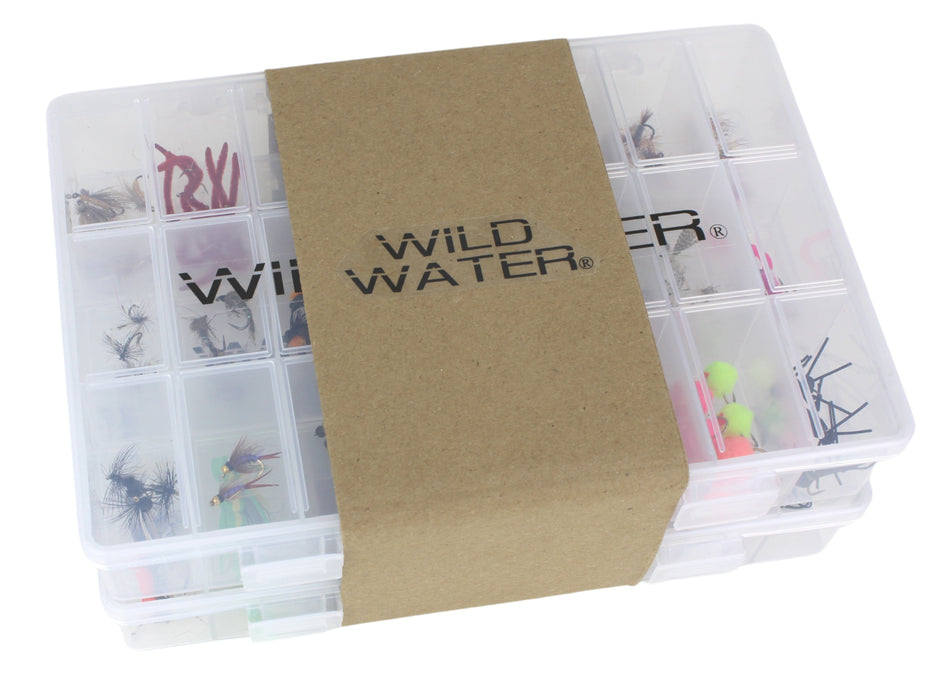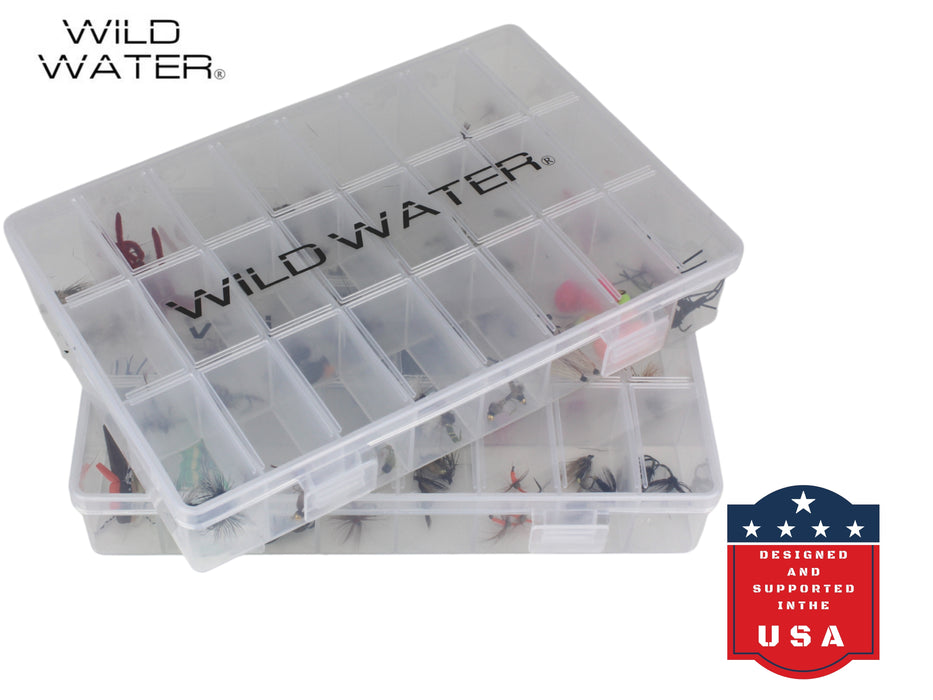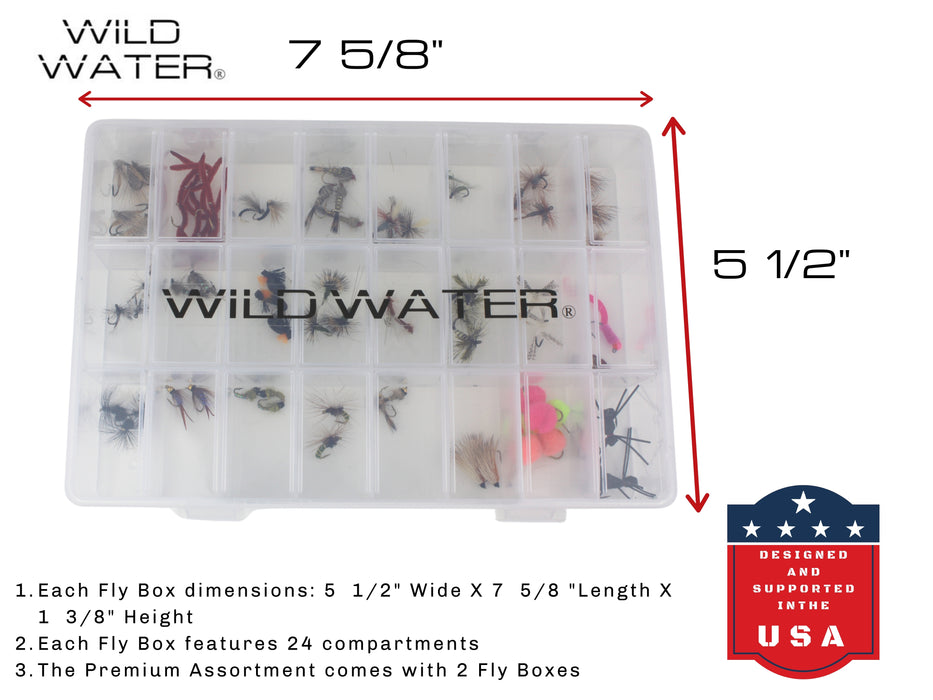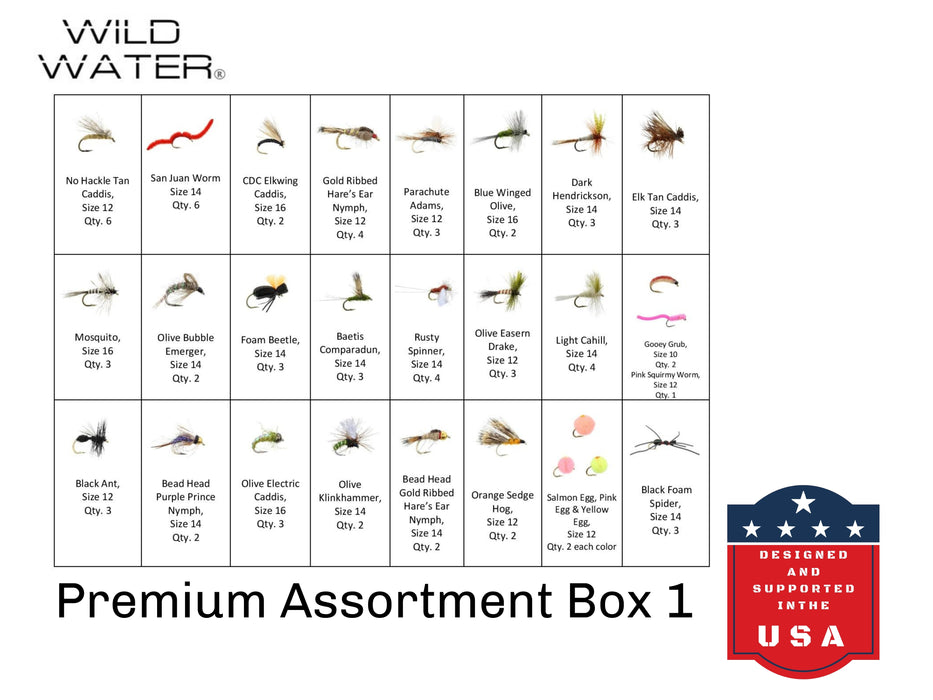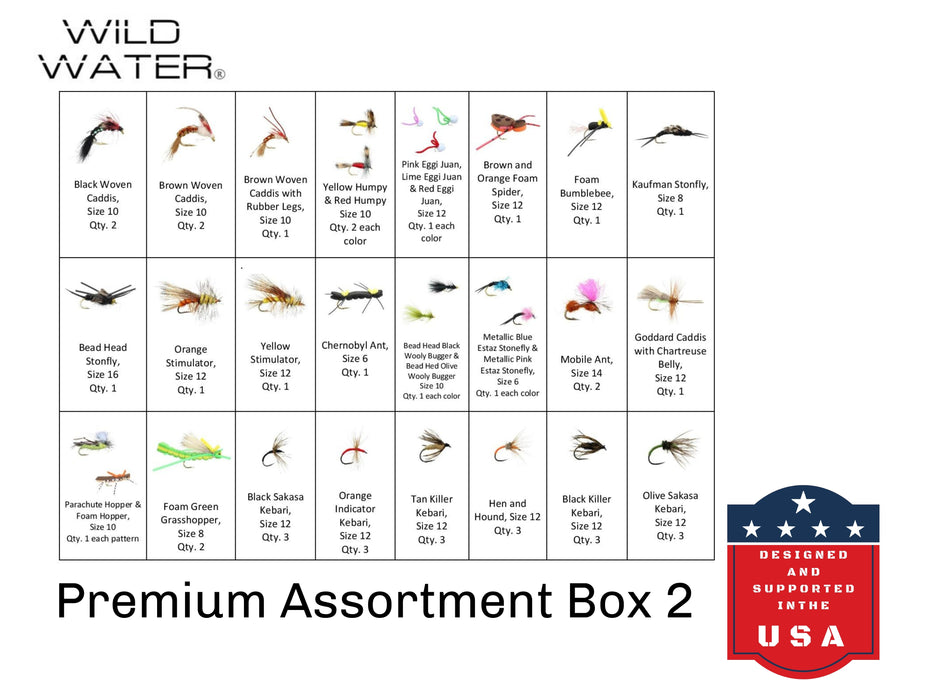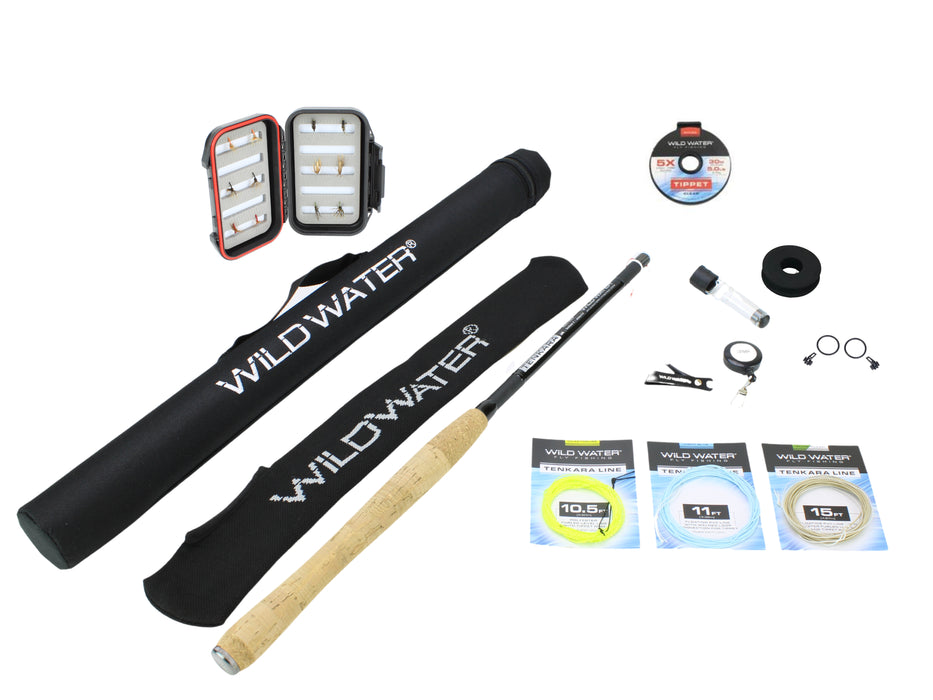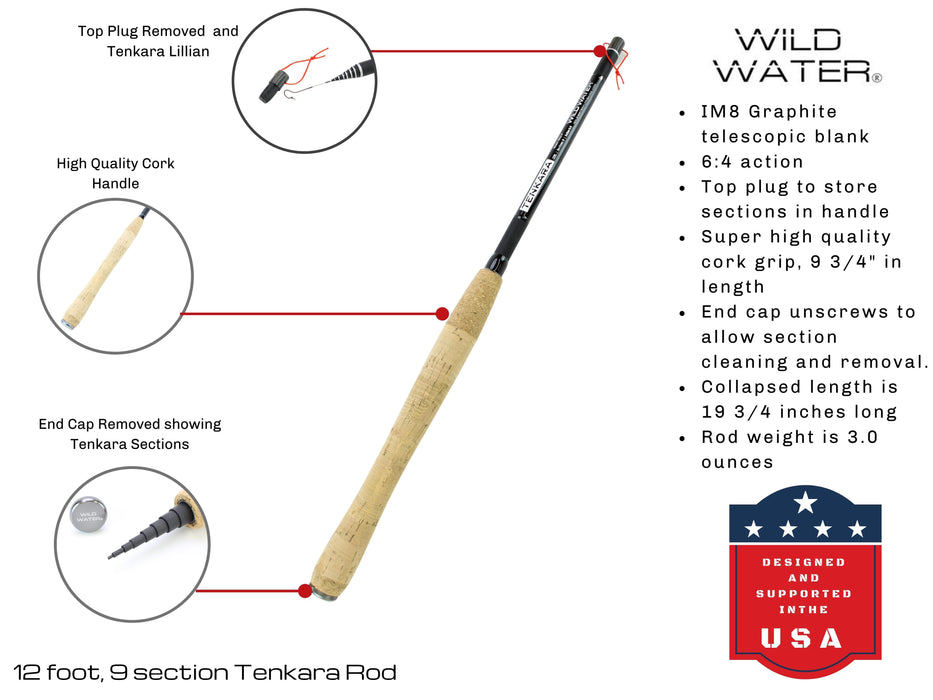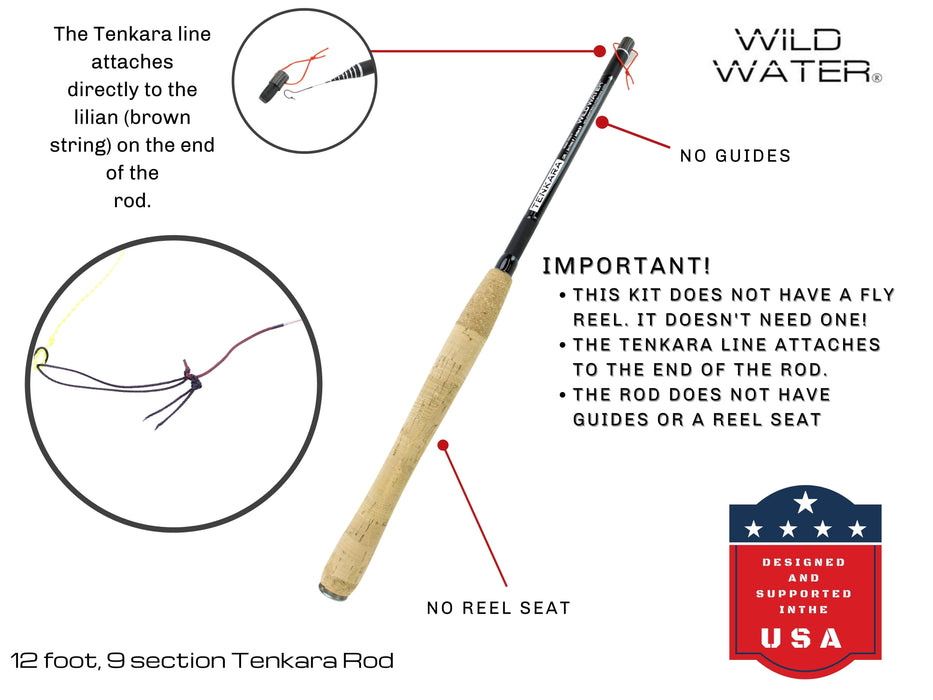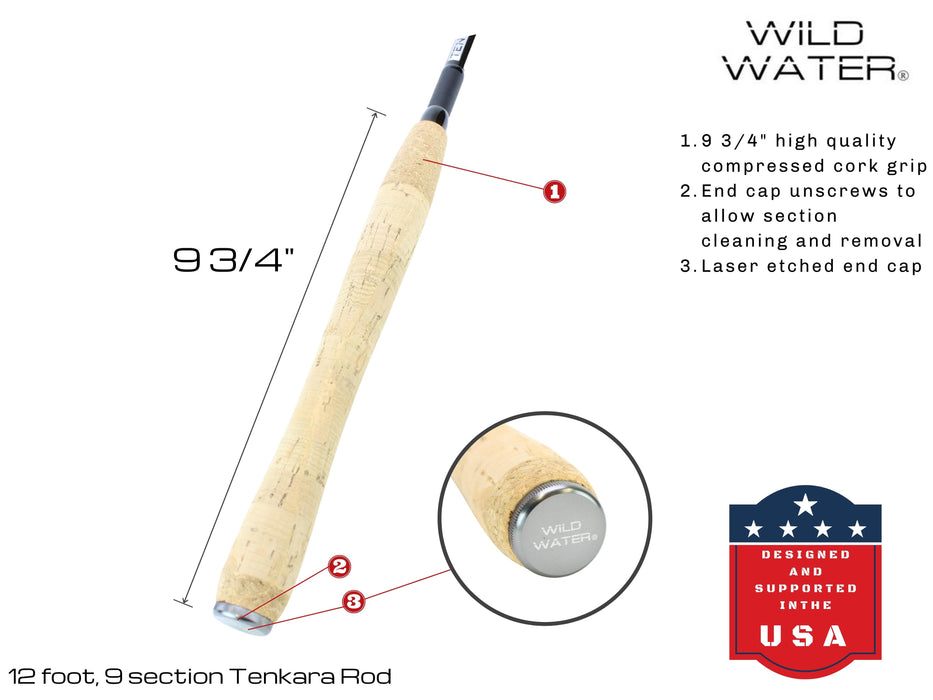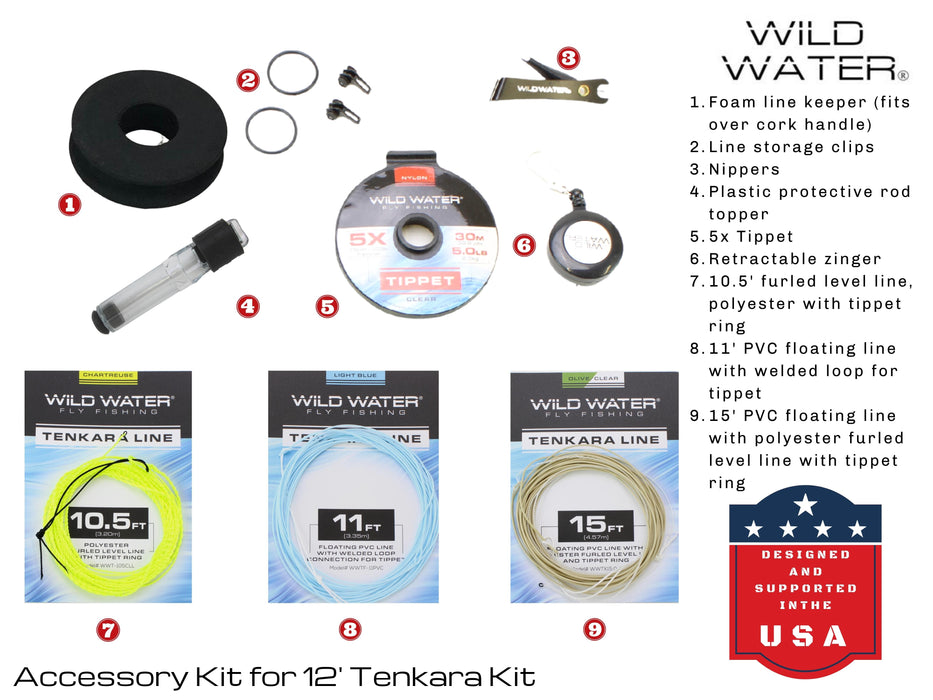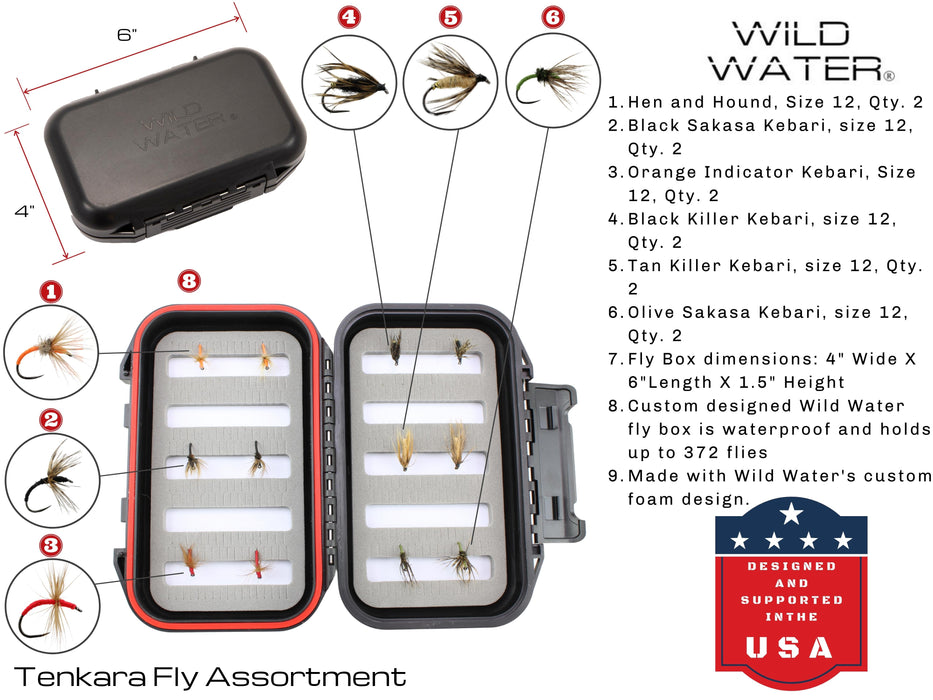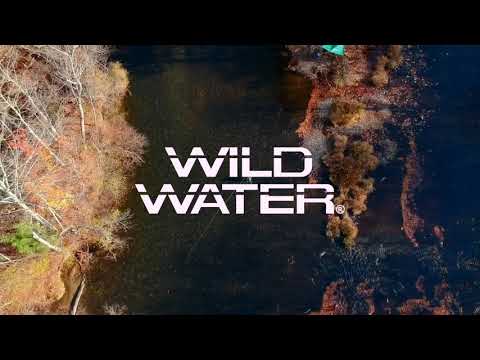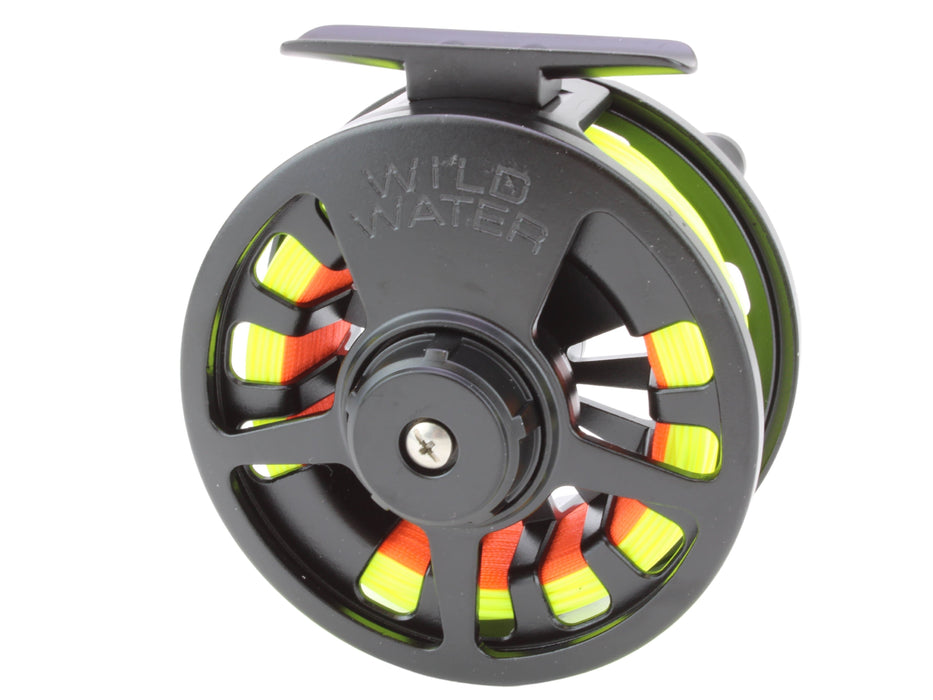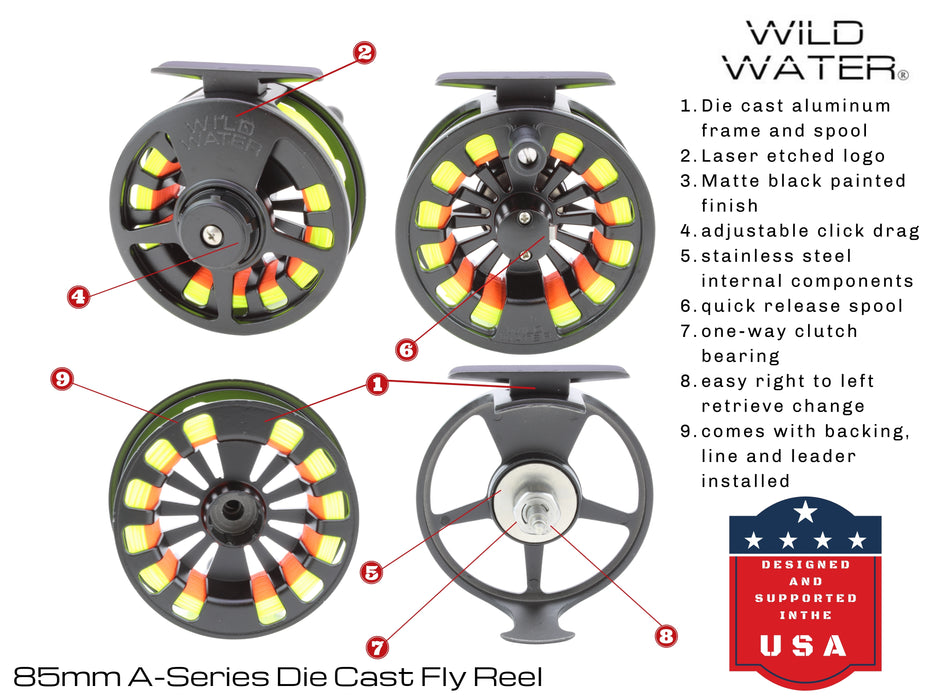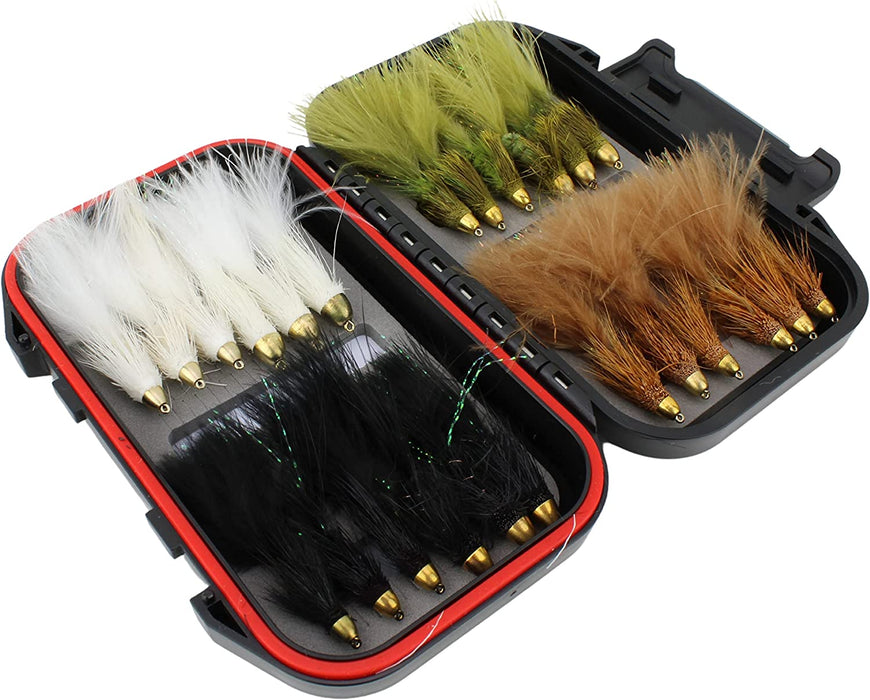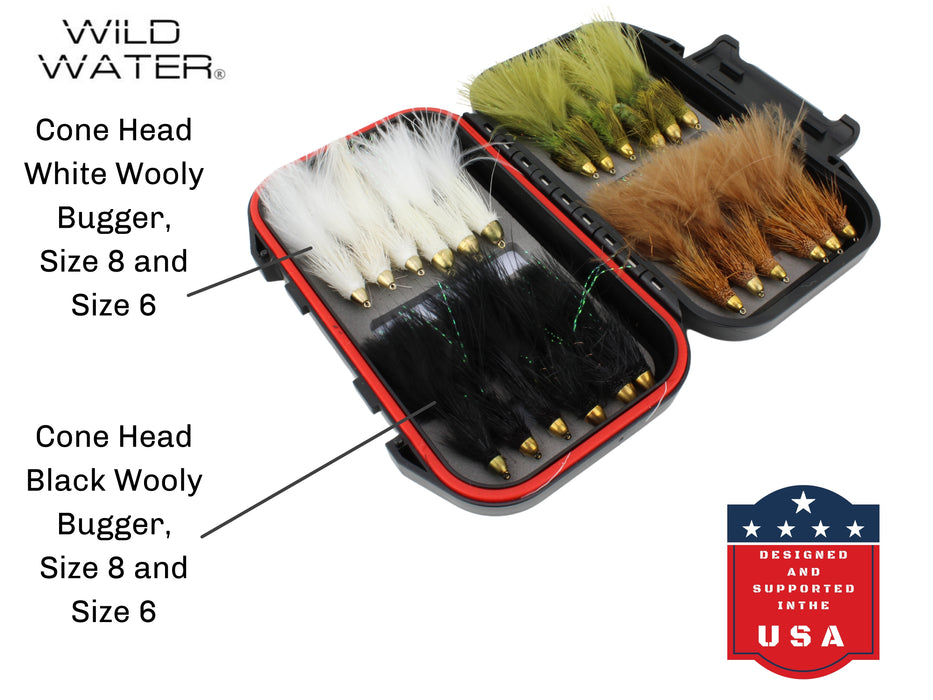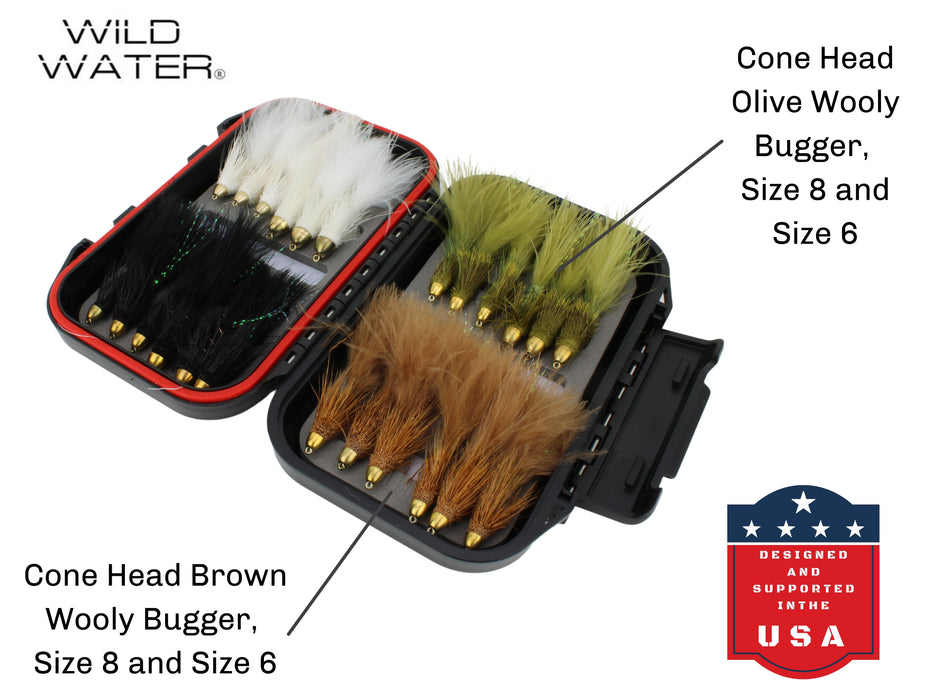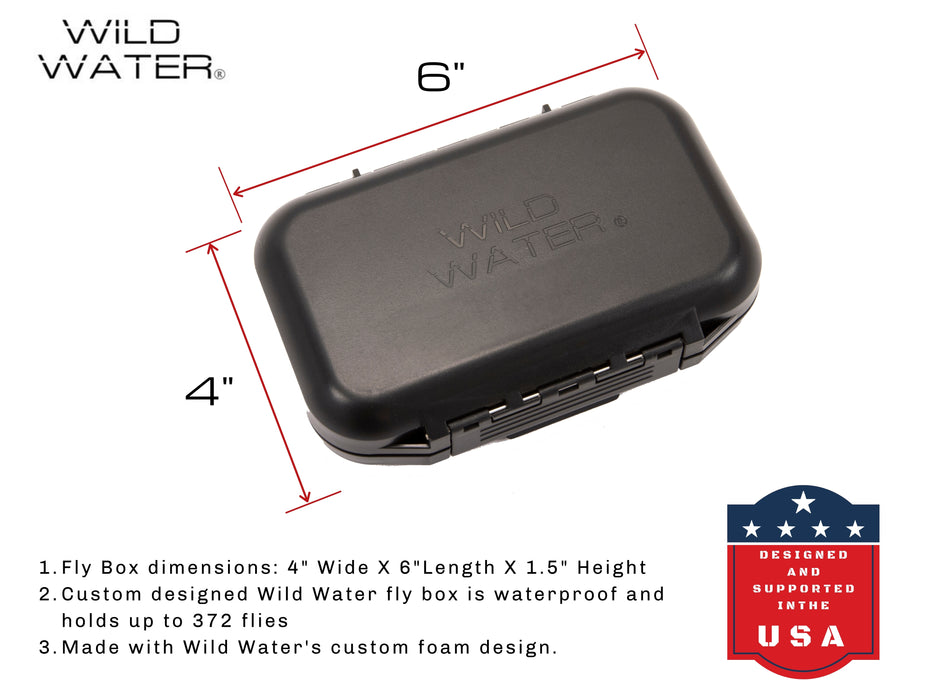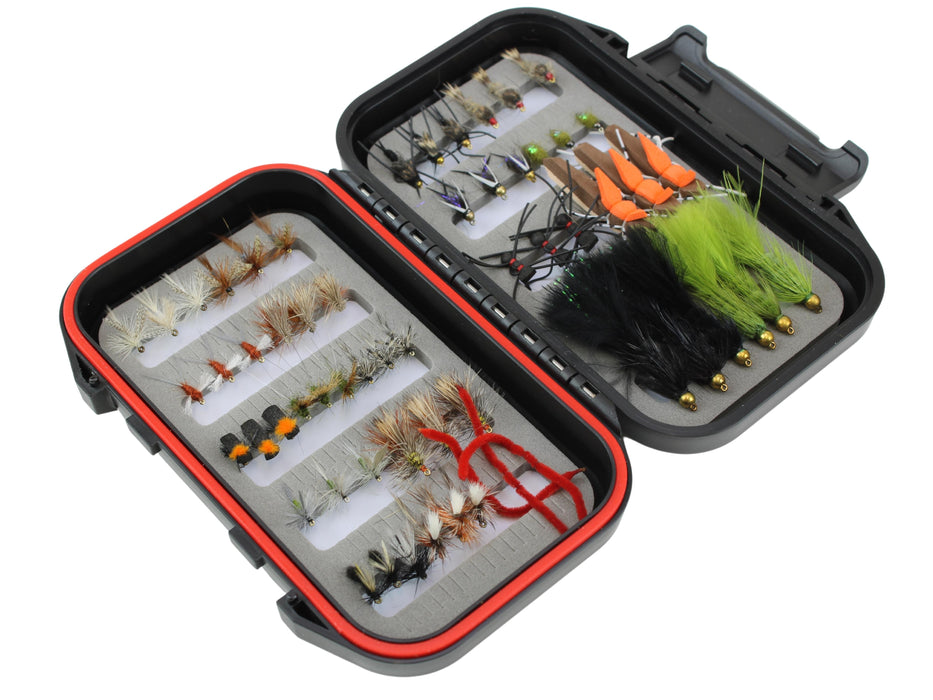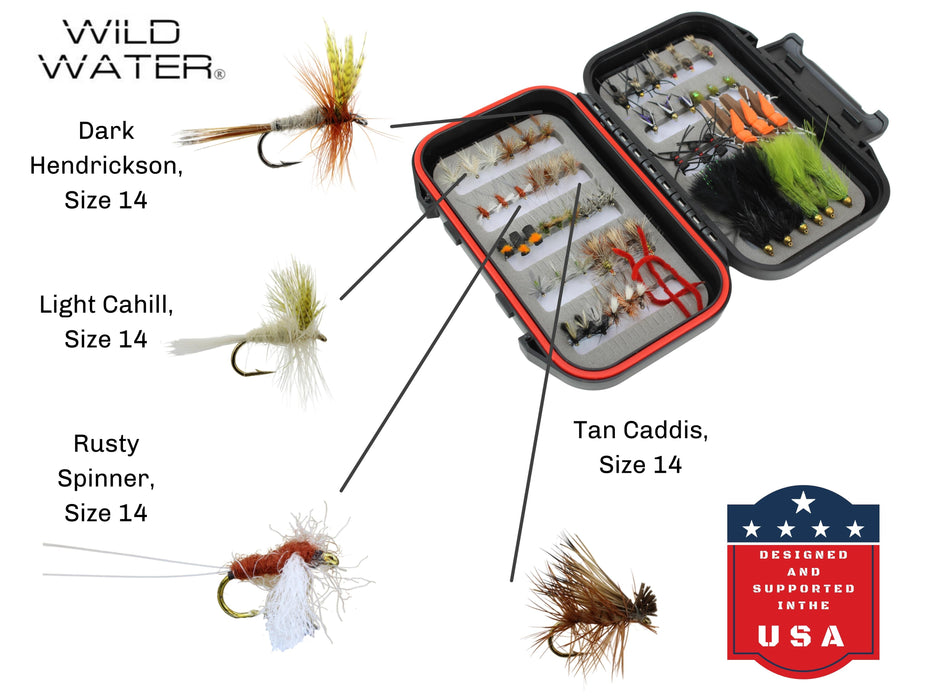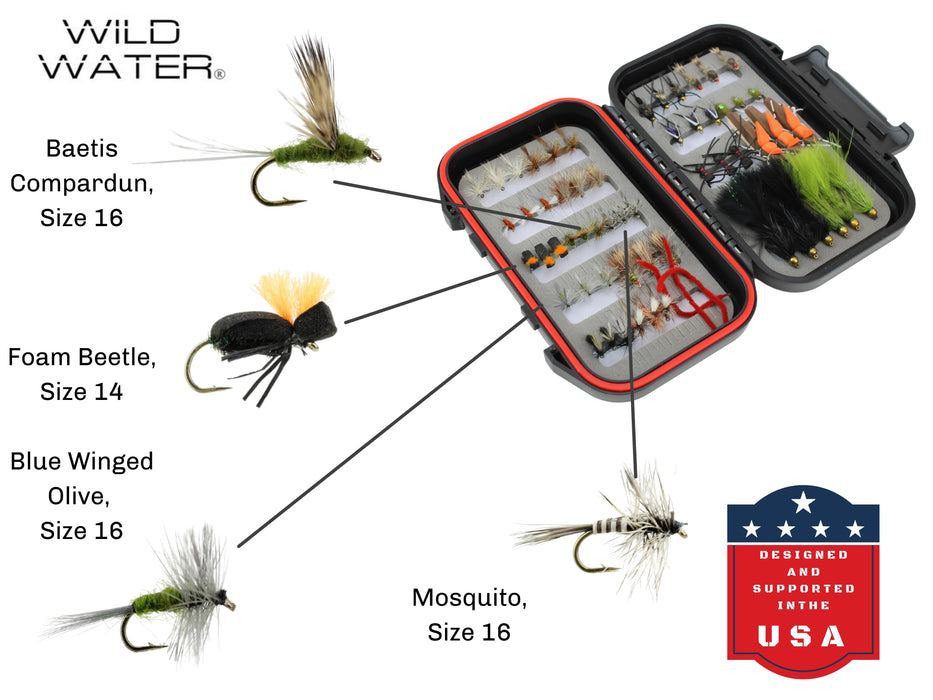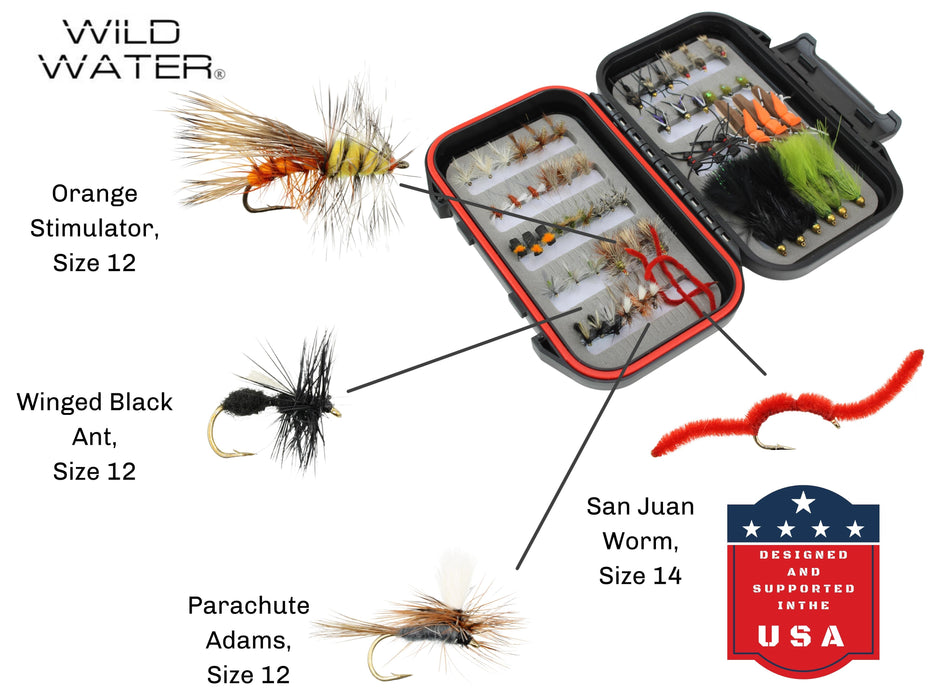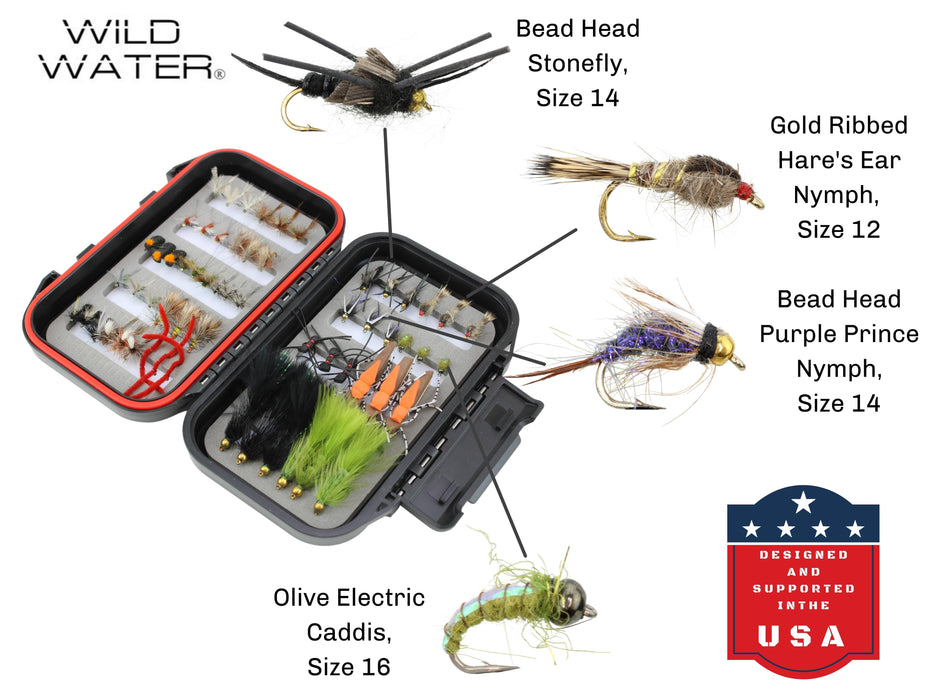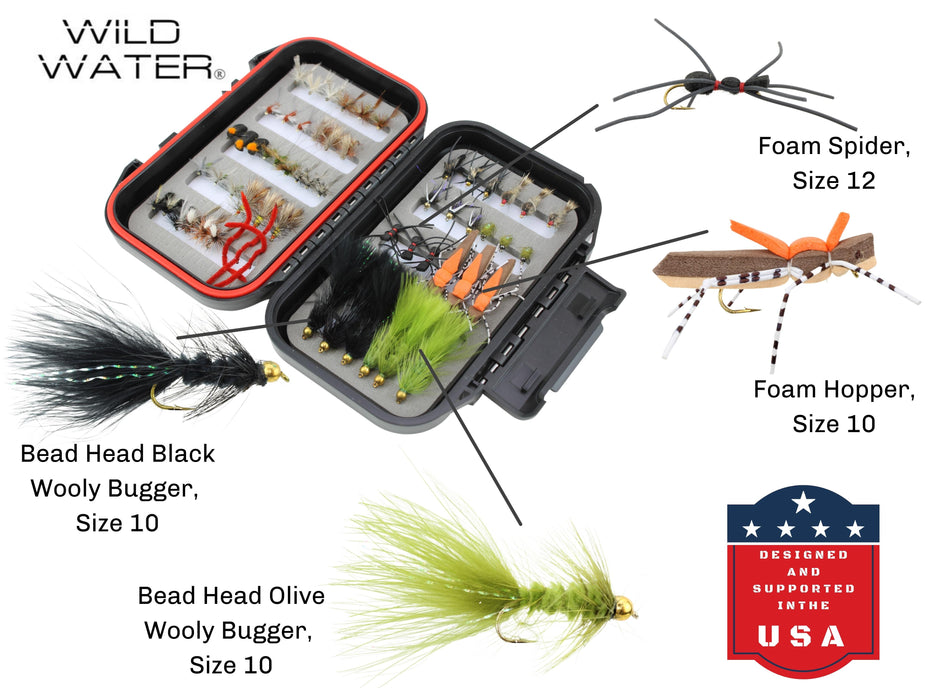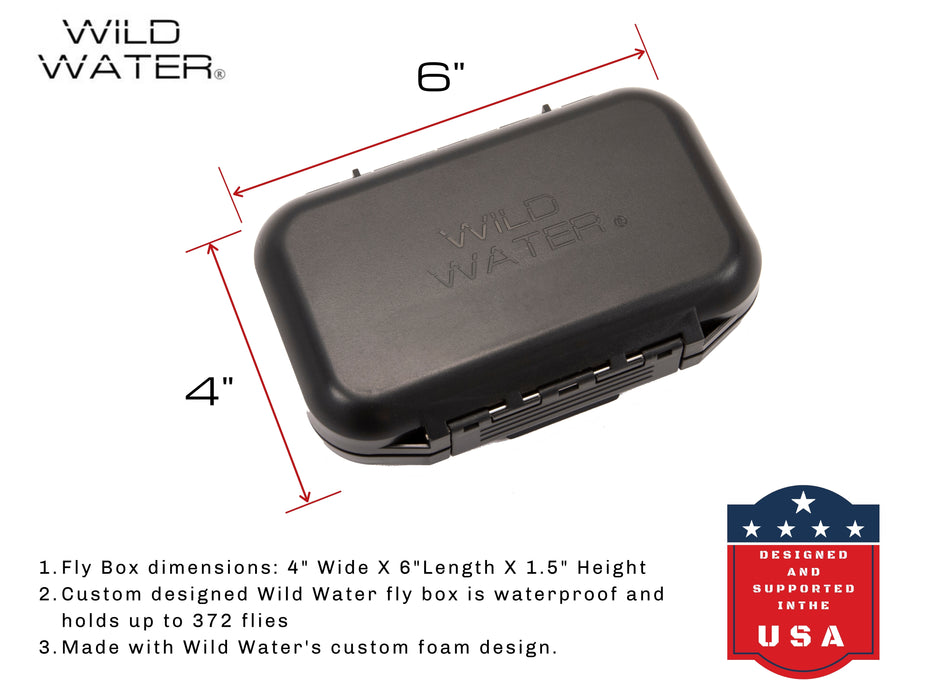Alaskan Fish Species
Alaska has an almost surreal reputation when it comes to fly fishing. The breadth of angling opportunities in the 49th state is staggering, and can be overwhelming. Everything here is bigger, including the fish and the stories you'll come home with. Whether you're a first time angler or a seasoned professional, you will be able to find the experience you are looking for. Many people travel from around the world just to experience the world class fishing of Alaska, but even if you are only visiting for a few days I highly recommend bringing a rod and finding a few hours to test the waters.
Luckily, there is no shortage of outfits willing to take visitors out for a few hours, and depending on where you are headed you may be able to try on your own. If you are in Anchorage or the surrounding areas you will be able to access many fishing areas directly from the road, but you will see more people. If you're doing a cruise through the Inside Passage in southeast Alaska there are outfitters in many of the towns you will stop in that can point you in the right direction. If you want to fish in the water with Brown Bears at the infamous Brooks Falls, you can also make that happen. And lastly, if you want to experience some of the best fly fishing the world has to offer, you can plan a trip out west towards Bristol Bay.
While Alaska is enormous, as in 1/5 the size of the continental United States enormous, there are some basic rules to the fishing across all areas. Starting in the spring, anglers can catch Dolly Varden (a type of sea run, hard fighting fish) and steelhead (a larger, ocean going rainbow trout). During this time, the dollies will be entering streams and tidal areas looking for just hatched salmon fry. Minnow imitations are usually a good bet and the feeding can be ferocious. One of my first experiences in Alaska was kayaking down a stream in southeast and coming across what looking like boiling water. The dollies were in a frenzy and I was able to land several before they moved on to a new location. Springtime can be both beautiful and harsh. Days are getting longer, but there is still potential for Winter to hang on for a little longer.
Summer marks the beginning of the salmon runs. The timing of these runs varies throughout Alaska, but typically they arrive from June through October and feature all five Pacific Salmon species: Sockeye, Pink, Chum, King, and Coho. Catching a salmon of any species on a fly rod is an unforgettable experience. The return of these fish from the ocean to freshwater streams drives most of the fishing for the rest of the year and seeing a stream full of salmon is incredible. When the salmon first arrive, they can usually be caught using bright colored streamers. These fish are big, and they're strong. Almost everyday I was guiding my clients would need to take a break after a handful of fish to regroup...always with a big smile. Weather during the summer can still be unpredictable. Days will be long, and as you head farther north the longer they get. Still be prepared for rain.
Eventually the salmon settle into their spawning grounds and are no longer the fishing targets. Moving later into the year, as more and more salmon begin to spawn, other species like rainbow trout and dolly varden begin to share the same area looking for stray eggs from the salmon to eat. Many times floating an egg pattern through spawning salmon can produce excellent results. The feeding season is short in Alaska, so fish like dollies, rainbows, and grayling try to take full advantage of this rich food source. This is what makes them so aggressive and eager to take a fly, they don't have the luxury of being picky. In Bristol Bay, it's not unheard of to catch over 100 fish in a day...and that's with no fishing experience (but with a guide and not typical for other parts of Alaska).
Eventually, the salmon will have completed their main task of spawning and begin to die. Some will resemble zombies more than living fish, although they will still be swimming against the current. When enough of the salmon have started to die, a flesh fly (yes, a fly that resembles rotting salmon flesh) will be a favorite. These large pieces of salmon meat provide great protein for rainbow trout, dolly varden, and others before winter. This time of year also produces the largest fish (excluding salmon). They have had all spring, summer, and fall to gorge themselves on high protein meals. Over the course of a guide season I have seen fish transform from skinny, snakelike creatures to fat footballs that can't fit anymore eggs in their mouths. Fall is the most unpredictable season weather wise. You can experience strong wind and rain, or beautiful clear skies...and often both in the same day. A good rule of thumb is to wear layers, you can always take some off but if you forget something it can ruin the day.
Along with the rivers that live and die by salmon, there are other species that reside in the lakes of Alaska. Two highlights are cutthroat trout and Northern Pike. Northern Pike are very aggressive and will eat just about anything. They can get very large, and make for some very exciting fishing. Cutthroat trout can be caught using more traditional trout flies. Think dry flies and nymphs. They, too, can be voracious.
Although Alaska is a giant place and can vary greatly from region to region, certain characteristics can be expected anywhere. The scenery will be breathtaking and there will likely be some excellent fishing nearby. Whether you are flying into Anchorage, boarding a cruise through southeast Alaska, or heading way out to the Aleutian Islands it is well worth making some time to throw a cast in a local river or lake.
